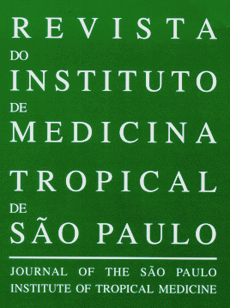Com o objetivo de se estudar a ação da oxamniquine, uma droga utilizada no tratamento da esquistossomose, sobre a cromatina de núcleos de células animais, foram estudados os padrões de basofilia e anisotropia nucleares em hepatócitos, em células do músculo cardíaco e em linfócitos de camundongos adultos jovens. A oxamniquine foi administrada por via oral (436 mg/kg) e preparados foram obtidos após diversos tempos de fornecimento da droga aos animais. Nos núcleos corados com azul de toluidina a pH 4,0, após digestão com RNAse, não se encontrou diferença quanto aos padrões de basofilia e anisotropia comparando-se animais tratados com controles. Demonstrou se assim que as moléculas de oxamniquine não se alojam no interior da dupla hélice do DNA, não alteram a sua conformação helicoidal nem se ligam aos grupos fosfatos livres desta macromolécula, diferindo, portanto, da atuação de outro esquistossomicida, o hycanthone.
